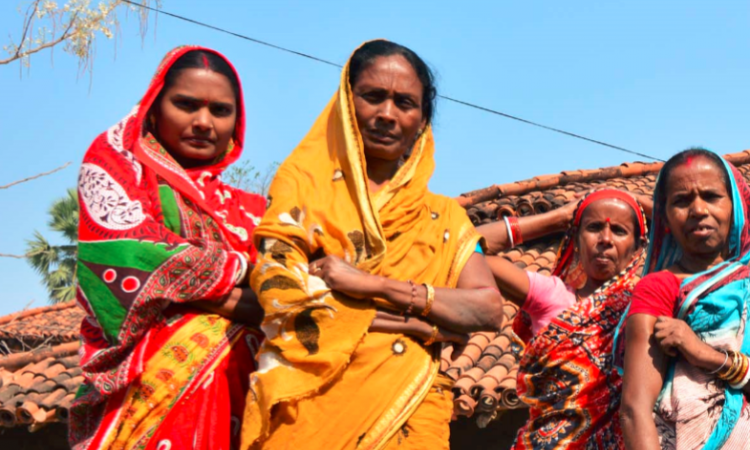
While nearly half of the world’s population (42 percent) lacks access to improved sanitation conditions, India is the worst performer in sanitation coverage, even below those countries with half of the households (53 percent) not having access to toilets. At 49.8 percent, India has the highest number of people practising open defecation in the world.
This paper, Household sanitation facilities and women’s risk of non-partner sexual violence in India published in the journal BMC Public Health, informs that to improve the sanitation situation in India, the government has introduced nationwide campaigns--first under the Total Sanitation Campaign (TSC) in 1999 and then under the Swachh Bharat Mission (SBM) in 2014.
SBM that focuses on toilet construction, however, seems to have achieved limited success. Though its website reports an increase in the total percentage of household toilets constructed--from 42.02 percent in 2014 to 56.85 percent as on November 15, 2016--questions still remain about their acceptance and the usage.
Poor sanitation and the risk of NPSV among women
The paper informs that most of the research in the area has so far focused on poor sanitation, open defecation, and its linkages to infectious diseases like diarrhoeal diseases and mortality among children under five years of age in India. However, the recent evidence shows that the implications of poor sanitation can extend beyond diseases. It can put women at a high risk for non-partner sexual violence (NPSV). Studies in Odisha have found that women feared unwanted sexual encounters such as being watched, indecent exposure, and NPSV when they go out in the open to meet their sanitation needs in the absence of toilets.
What does the study say?
This paper presents the findings of a study that used the most recent data available on sexual violence in India to examine if the lack of household sanitary facilities was associated with a higher likelihood of NPSV. The data from the 2005–06 Indian National Family Health Survey- III (NFHS) was referred to and 68 percent of the women from the total sample, with one woman (between the ages of 15 and 49) from each household in the group randomly picked to answer questions about her exposure within the past year to different types of violence, including NPSV.
The study found that:
- Only 53 percent of women interviewed had access to sanitation facilities in the household; 8 percent used pits/latrines, and 39 percent defecated in the open.
- Women who used open defecation were twice as likely to face the risk of NPSV than women who used household toilets.
The paper concludes that infrastructure improvements can provide women with some level of protection against NPSV. The findings provide further rationale for NGOs and the Indian government to expand sanitation programmes. It also calls for further research on the subject.
Please download a copy of the paper from below:
/articles/sanitation-and-risk-sexual-violence